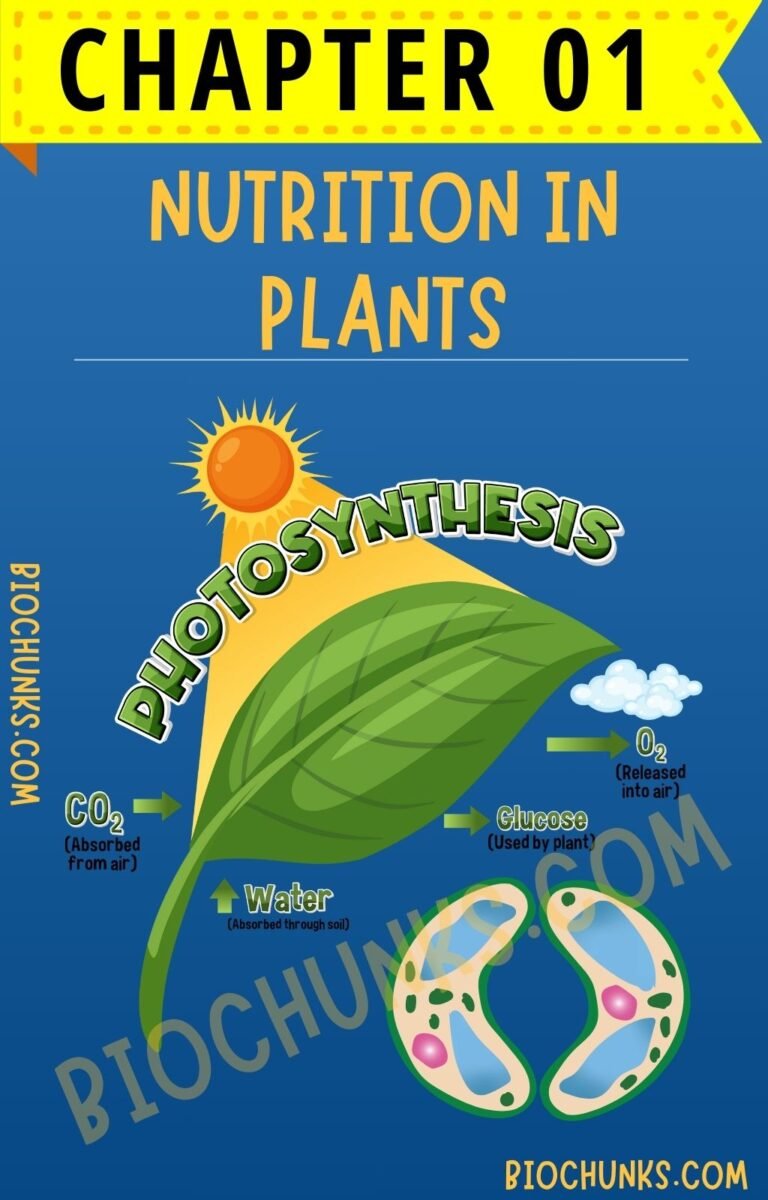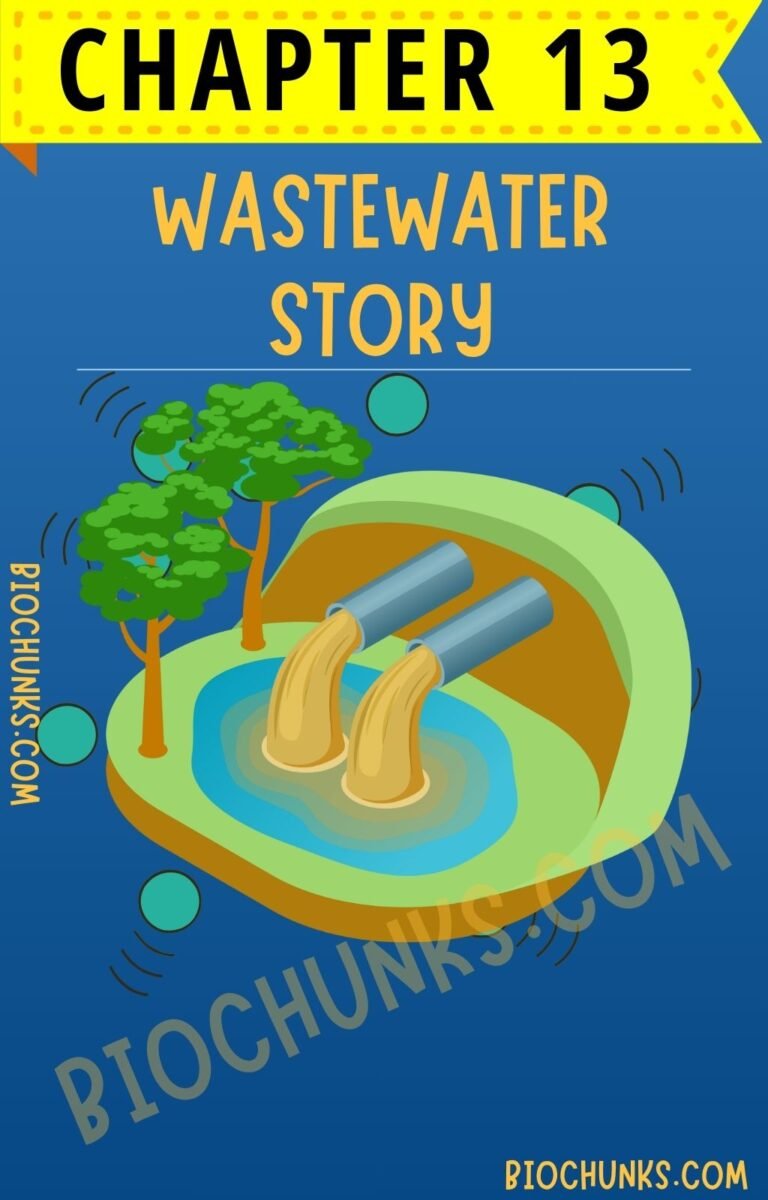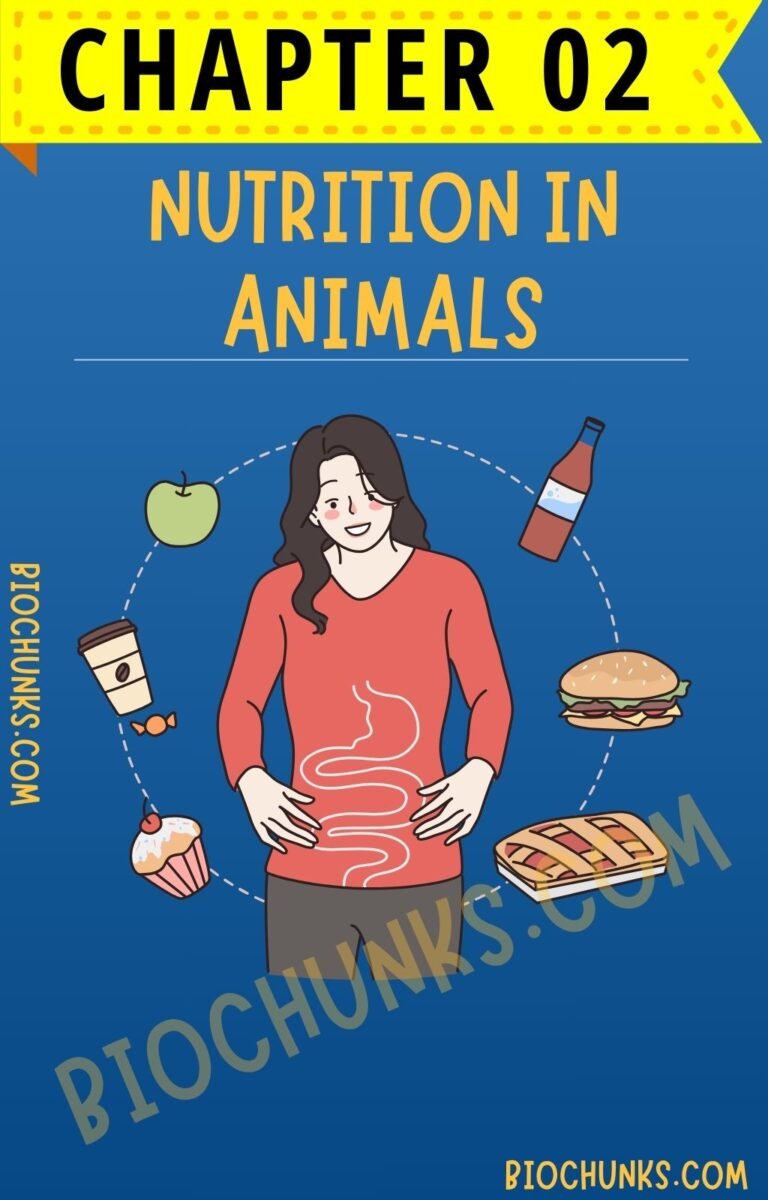Table of Contents (tap to open/close)
Forest
Introduction
- Boojho met Prof Ahmad, a scientist, in the park.
- Prof Ahmad talked about a plan to clear part of a forest to build a factory for jobs.
- Many people objected because forests are important for nature.
Visit to a Forest
- Children decided to visit the forest with Prof Ahmad.
The Forest Trail
- They met Tibu, a boy from a nearby village, who guided them.
- Tibu showed them the forest from a height, which looked like a green cover.
Observing Animals
- They heard birds and saw monkeys, learning about animal warning calls.
- Tibu mentioned other animals like boars, bison, jackals, porcupines, and elephants.
Learning About Trees
- The forest had many trees: sal, teak, semal, sheesham, neem, palash, fig, khair, amla, bamboo, and kachnar.
- The forest floor and trees were covered with creepers and climbers.
- It was dark inside the forest because of the thick tree leaves blocking the sun.
Activity 12.1
- List items at home made from forest materials (e.g., wood, paper, furniture).
- Forest products include gum, oils, spices, animal fodder, and medicinal plants.
Natural Growth of Forests
- Sheila asked about who planted the trees.
- Prof Ahmad explained that trees grow naturally from seeds that germinate on the forest floor.
Tree Structure
- The upper part of the tree above the stem is called the crown.
- The branches of tall trees form a canopy, like a roof over other plants.
Activity 12.2: Exploring Trees
- Visit a Forest or Park: Identify trees with the help of elders or books.
- Characteristics to Observe:
- Height
- Shape of leaves
- Crown
- Flowers
- Fruits
- Draw Crowns: Sketch the crowns of some trees.
Understanding Forest Layers
- Understoreys: Different horizontal layers in the forest.
- Top Layer: Giant and tall trees.
- Middle Layer: Shrubs and tall grasses.
- Bottom Layer: Herbs.
Variations in Forests
- Different types of trees and animals due to varying climatic conditions.
Observing Wildlife
- Insects and Small Animals: Found on bark, leaves, and decaying matter.
- Butterflies: Seen fluttering around flowers.
- Seeds and Thorns: Can cling to clothes and hair.
Forest Floor
- Covered with: Dead leaves, fruits, seeds, twigs, and small herbs.
- Decaying Matter: Moist and warm, feels like a spongy carpet.
Activity 12.3: Decaying Matter
Experiment:
- Dig a small pit.
- Put vegetable waste and leaves in it.
- Cover with soil and add water.
- Check if the pit feels warm after three days.
Importance of Trees
- Food Chains: All animals depend on plants.
- Example: Grass → Insects → Frog → Snake → Eagle
- Interconnected Food Chains: Disturbing one affects others.
Decomposers
- Organisms: Mushrooms, insects, millipedes, ants, and beetles.
- Role: Convert dead plant and animal tissues into humus.
- Humus: Found in soil, important for nutrient cycling.
Nutrient Cycling
- Dead Animals: Eaten by vultures, crows, jackals, and insects.
- Nutrients: Returned to soil and absorbed by plants.
Forests as Green Lungs
- Photosynthesis: Plants release oxygen and maintain oxygen-carbon dioxide balance.
- Water Cycle: Trees take in water through roots and release water vapour.
People Living in Forests
- Dependence on Forests: For food, shelter, water, and medicines.
- Traditional Knowledge: About medicinal plants.
Observing Animals
- Deer Sightings: Boojho saw deer crossing a stream.
- Food and Shelter: Dense bushes and tall grass provide food and protection for animals.
Animal Droppings
- Types of Droppings: Tibu explained different animal droppings.
- Tracking Animals: Forest officers identify animals by their droppings and footprints.
- Seed Dispersal: Animal droppings help spread seeds and provide nutrients for seedlings.
Forest Dynamics
- Diverse Plant Life: Provides food and habitat for herbivores.
- Food Chains: Support a variety of carnivores.
- Decomposers: Maintain nutrient supply for plants.
- Dynamic Living Entity: Forests are full of life and vitality.
Rain in the Forest
- Canopy Protection: Raindrops are intercepted by the canopy, slowing down the water flow.
- Water Absorption: Forest floor absorbs rainwater, preventing floods and maintaining the water table.
- Erosion Prevention: Tree roots bind soil, preventing erosion.
Impact on Villages
- Weather Benefits: Surrounding forests lead to good rainfall and cool air.
- Noise Reduction: Forests absorb noise from highways.
- Historical Changes: Villages and fields were created by clearing forests, leading to environmental changes.
Consequences of Deforestation
- Increased Carbon Dioxide: Leads to higher earth temperatures.
- Loss of Food and Shelter: Animals lose their habitat and food sources.
- Floods: Without trees, soil cannot hold water, causing floods.
- Endangered Life and Environment: Deforestation harms life and the environment.
Importance of Forests
- Provide oxygen.
- Protect soil.
- Offer habitat to many animals.
- Bring good rainfall.
- Source of medicinal plants, timber, and other products.
- Essential to preserve forests for a healthy environment.
Chapter Summary:
- We get various products from the forests around us.
- A forest has many plants, animals, and micro-organisms.
- Trees form the top layer in a forest, followed by shrubs.
- Herbs make up the lowest layer of vegetation.
- Different layers of plants provide food and shelter for animals, birds, and insects.
- All parts of the forest depend on each other.
- Forests keep growing, changing, and can regenerate.
- Soil, water, air, and living organisms interact in a forest.
- Forests prevent soil erosion.
- Soil helps forests grow and regenerate.
- Forests are essential for the communities living in them.
- Forests affect climate, water cycle, and air quality.
Keywords
| Serial No. | Keywords | Serial No. | Keywords |
|---|---|---|---|
| 1 | Canopy | 6 | Regeneration |
| 2 | Crown | 7 | Seed dispersal |
| 3 | Decomposers | 8 | Soil erosion |
| 4 | Deforestation | 9 | Understorey |
| 5 | Humus |




